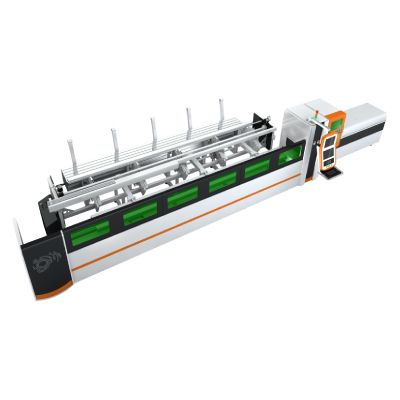Introduction
In the world of manufacturing and metalworking, laser cutting technology has emerged as a game-changer, particularly when it comes to cutting materials such as mild steel. This article will explore the ins and outs of using a laser cutter for mild steel, including its applications, benefits, and optimal techniques for achieving precision cuts.
Understanding Mild Steel
Mild steel, also known as low carbon steel, is an alloy predominantly composed of iron and a small percentage of carbon (around 0.05% to 0.25%). Its unique combination of ductility, toughness, and low cost makes it one of the most widely used materials in various industries, including construction, automotive, and manufacturing. When precision and quality are necessary, a laser cutter is often the tool of choice.
What is Laser Cutting?
Laser cutting is a technology that uses a high-powered laser beam focused onto a small spot to melt or vaporize material, achieving clean and precise cuts. This process is controlled by computer numerical control (CNC) systems, allowing for intricate designs and complex shapes to be cut into mild steel sheets or plates.
Applications of Laser Cutting Mild Steel
Laser cutting for mild steel offers a wide variety of applications across multiple sectors:
1. **Manufacturing and Fabrication**: Laser cutters are used for producing parts and components, including brackets, frames, and custom pieces for machinery and vehicles.
2. **Construction**: Architects and builders utilize laser cutting to create intricate metal fixtures, decorative elements, and structural components that require high precision.
3. **Art and Design**: Artists and designers often opt for laser cutters to fabricate artwork and sculptures, allowing for complex designs that would be difficult to achieve with traditional methods.
4. **Automotive Industry**: Laser cutting plays a crucial role in producing various automotive components, ensuring they fit with exact specifications.
Advantages of Using a Laser Cutter for Mild Steel
The benefits of using a laser cutter for mild steel are manifold, making it an attractive option for metalworking solutions:
1. **Precision Cutting**: Laser cutters can achieve exceptionally accurate cuts with kerf sizes as low as 0.1 mm, making them ideal for intricate designs.

An In-Depth Guide to Using a Laser Cutter for Mild Steel: Applications, Advantages, and Techniques for Precision Cutting
2. **Speed and Efficiency**: Laser cutting processes are incredibly fast compared to traditional saws and plasma cutters. This efficiency can lead to substantial time and cost savings in production.
3. **Minimal Material Waste**: The focused nature of laser cutting allows for tight nesting of parts, leading to significant reductions in material waste.
4. **Cleaner Edges**: The high-temperature laser creates minimal thermal distortion, resulting in clean edges that often require little to no additional finishing.
5. **Automation Capabilities**: CNC technology allows for automation, which further enhances production rates and consistency in manufacturing processes.
Techniques for Laser Cutting Mild Steel
When using a laser cutter for mild steel, certain techniques and settings must be considered for optimal results:
1. **Material Thickness**: Different laser cutters have varying capabilities, but generally, CO2 lasers can efficiently cut mild steel up to 25 mm thick, while fiber lasers might be better suited for thinner sheets.
2. **Cutting Speed**: The speed at which the laser moves can affect the cut quality. Slower speeds may provide cleaner cuts, while higher speeds may help with productivity but could compromise edge quality.

An In-Depth Guide to Using a Laser Cutter for Mild Steel: Applications, Advantages, and Techniques for Precision Cutting
3. **Assist Gases**: Utilizing assist gases such as oxygen or nitrogen can help achieve better cuts. Oxygen enhances cutting speed but may oxidize the edges, while nitrogen produces cleaner edges without oxidation.

An In-Depth Guide to Using a Laser Cutter for Mild Steel: Applications, Advantages, and Techniques for Precision Cutting
4. **Focus Lens Adjustment**: Properly adjusting the focus of the laser beam is crucial for ensuring precision. Depending on the thickness of the mild steel being cut, different focal lengths may be required.
5. **Regular Maintenance**: Keeping the laser cutter well-maintained will ensure consistent performance, reducing downtime and improving the quality of cuts.
Conclusion
Using a laser cutter for mild steel offers numerous advantages that make it a preferred method in many industries. From improving precision and reducing waste to enhancing speed and efficiency, laser cutting technology has revolutionized the way mild steel is processed. By understanding the applications, benefits, and techniques associated with laser cutting, businesses can harness this technology effectively, leading to superior outcomes in their metalworking projects. Ms Plate Fiber Laser Cutting Machine



